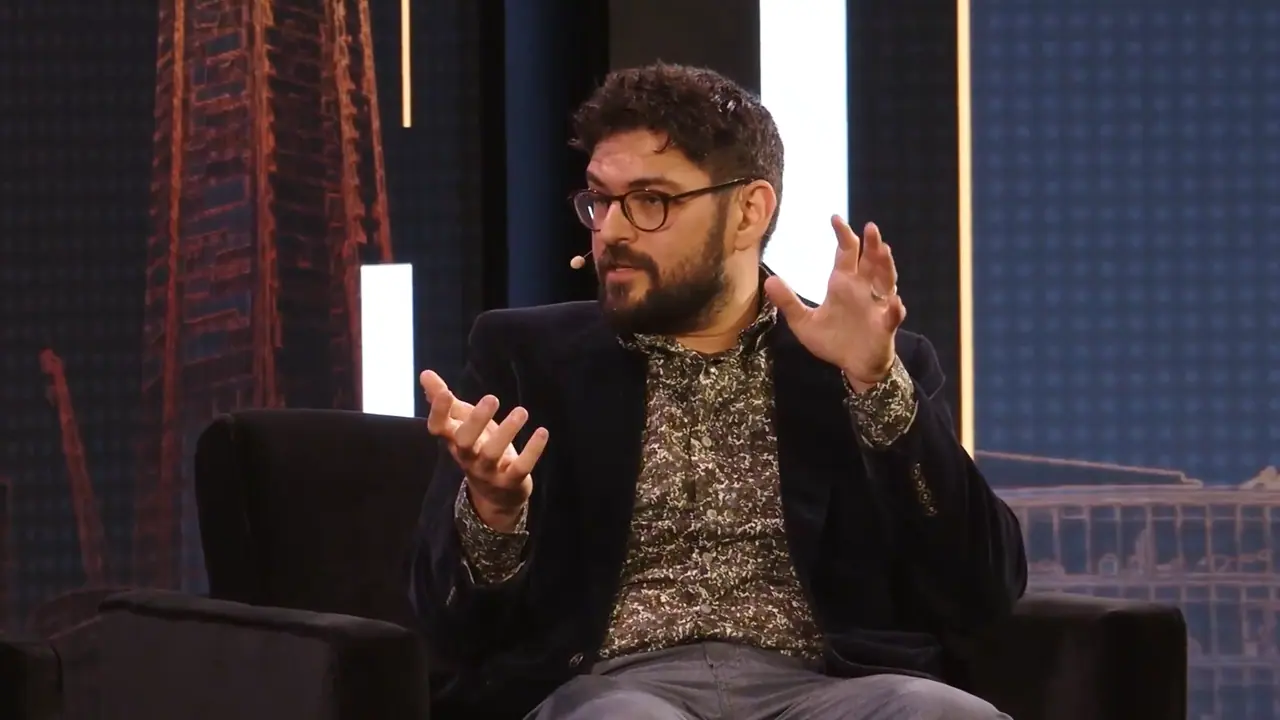|
Getting your Trinity Audio player ready...
|
During one of the technical sessions at the London Blockchain Conference, Darren Kellenschwiler, Head of Application Development at the BSV Blockchain Association, and Jordan Kramsky, Solutions Architect at Amazon Web Services, talked to Shawn Ryan about the LiteClient toolbox and how it can help scale BSV blockchain.
LiteClient’s purpose is to relieve the burden of running a full node
Kellenschwiler begins by saying that scaling requires us to focus on separate solutions, and this is where Simplified Payment Verification (SPV) comes in. The LiteClient toolbox allows exchanges and other businesses to verify transactions without running a full node, using block headers, Merkle proofs, etc.

Kellenschwiler says that the idea of a LiteClient isn’t totally new and that HandCash is effectively running one. Ty Everett of Project Babbage is also developing them.
Some challenges and issues
What are some of the issues and challenges the LiteClient toolbox addresses? The main one, as has already been said, is that running a full node is too expensive. Kellenschwiler rightly points out that as the blockchain grows, it will become more expensive, and it doesn’t make sense for most businesses to spend resources verifying everyone else’s transactions. LiteClient is about 100 times cheaper to run, by his estimation.
Another potential challenge that needs to be addressed is counterparty verification. This is necessary for compliance reasons in many cases. Kellenschwiler says this can be done peer-to-peer before funds are sent. Dr. Craig Wright has previously explained how this might look in his The Bitcoin Masterclasses with partial information sharing linked to one’s identity.
How did AWS discover the LiteClient toolbox?
Kramsky says that AWS offers over 200 services, and LiteClient seemed like a natural fit. He was previously aware of it and thought it would be a good addition to AWS’ offering. He contacted the BSV Blockchain Association about getting it listed, and things went from there.

Kramsky says that LiteClient interoperates well with existing AWS services, especially those related to security. They want to make it accessible to their customers. He tells us that AWS always begins with the customer and works back, and LiteClient fits nicely after this customer-focused analysis.
Sending Merkle proofs with transactions and the superiority of the UTXO model
Kellenschwiler says it’s not yet common to see wallets that send Merkle proofs along with transactions. Previously, exchanges pushed back, saying they couldn’t verify transactions were valid, and he thinks Merkle proofs could solve this. It’s the same as having a block without all the redundant data, he says.
Delving deeper into the pointlessness of every business verifying every transaction, Kellenschwiler points out that one of the advantages of the UTXO model is that it allows you to focus on your transactions alone, whereas account-based models do not. Each business verifying all transactions is like a state machine and misses out on the infinite scaling potential of UTXO-based systems.
How easy is it to get started with LiteClient?
Kellenschwiler says it isn’t that easy yet, but he’s working on it. Anyone interested should read the available documentation and reach out to the BSV Blockchain Association for more information. LiteClient exists to move the burden of running a full node, and people should take advantage of that.
Watch London Blockchain Conference Day 1 Highlights: Revenue generation with blockchain tech

 07-09-2025
07-09-2025 





